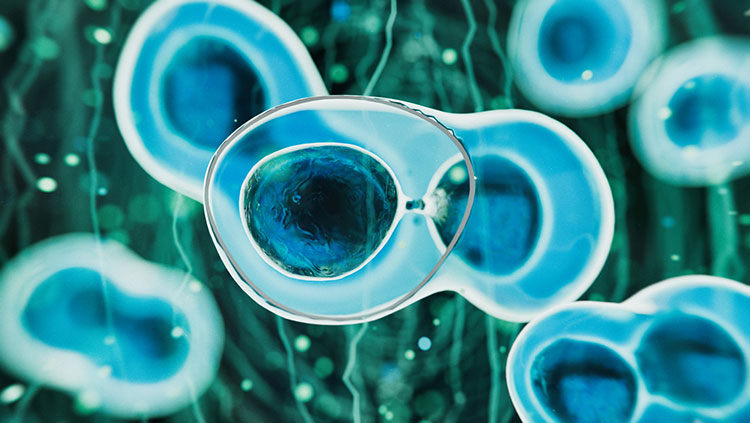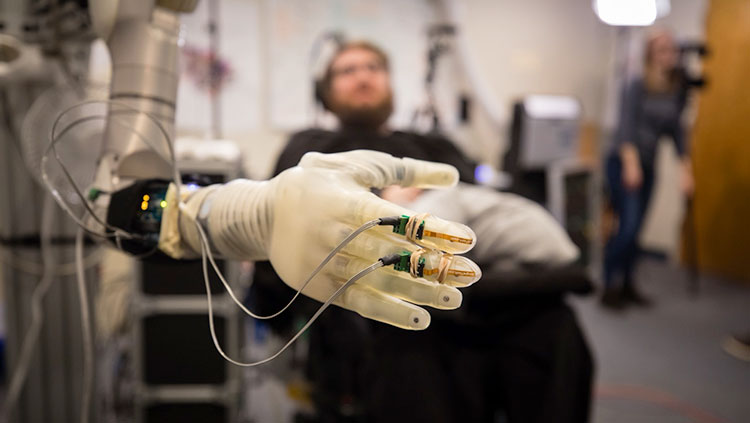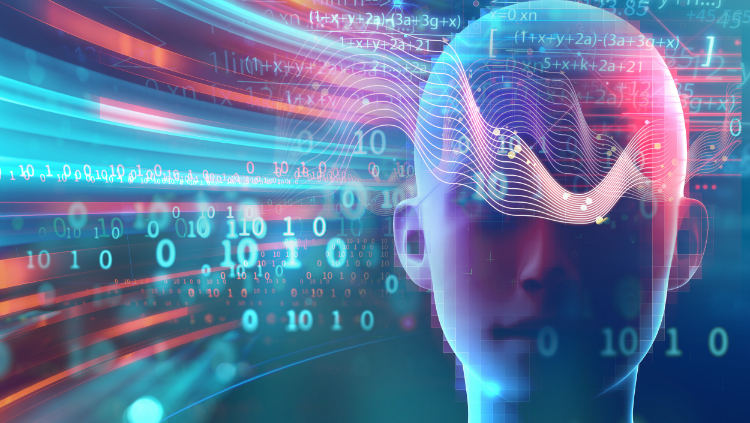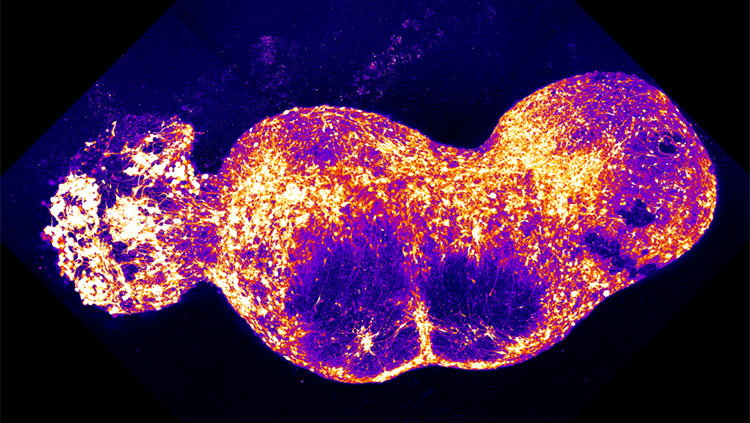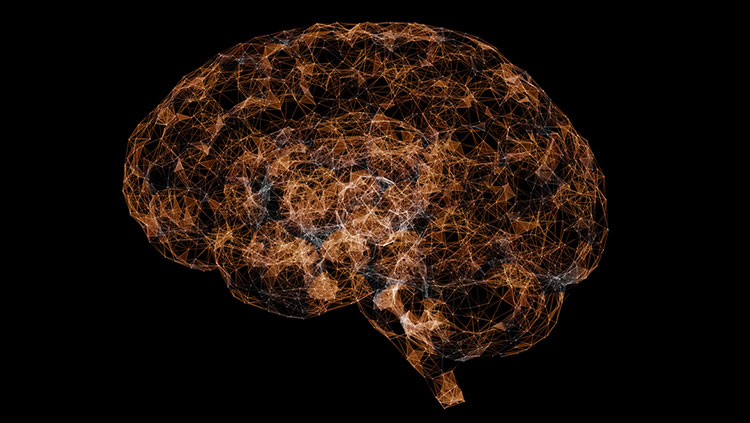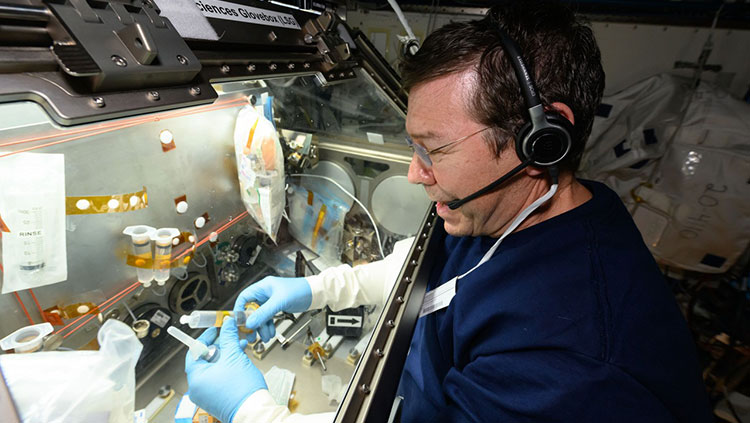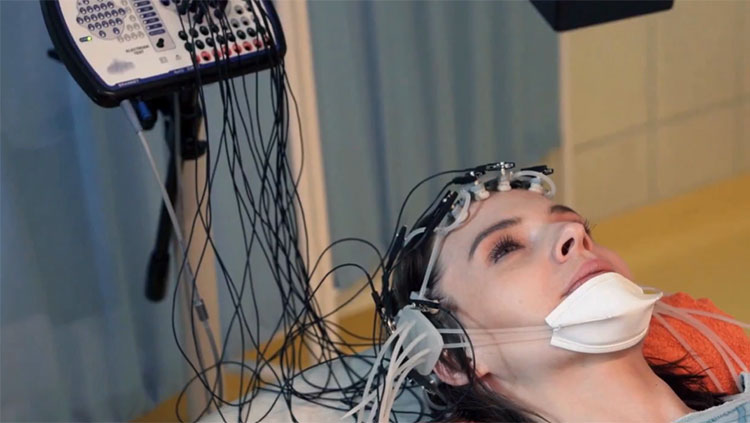Personalizing Treatments with Molecular Biomarkers and Neuroimaging
- Reviewed26 Sep 2023
- Author Knvul Sheikh
- Source BrainFacts/SfN
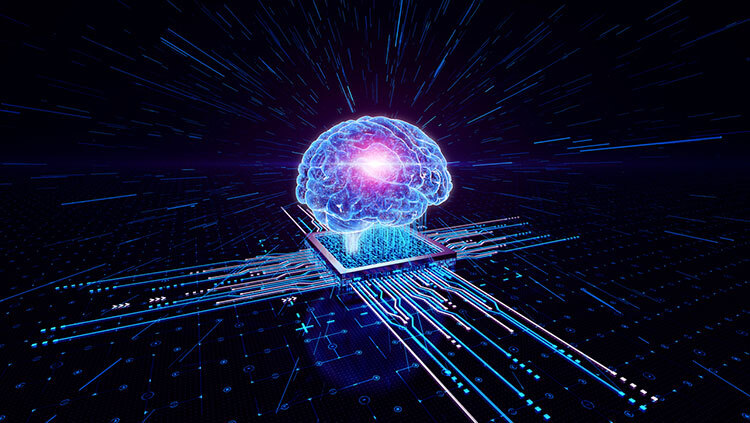
Each person has a unique biological "fingerprint." Part of this fingerprint is made up of information from our various biological markers, or biomarkers. Biomarkers are indicators that capture what is happening in a cell or organism at a given moment. Whether these biomarkers come from lab testing or imaging, researchers and clinicians can compare this information across people in hopes of better identifying those at risk of, or currently with, an illness or condition. In neuroscience, understanding anatomical and functional changes underlying neurological diseases and disorders can provide clues for earlier detection — possibly even before symptoms appear.
Molecular Biomarkers
Mental health professionals usually rely on conventional Diagnostic and Statistical Manual of Mental Disorders (DSM)-defined diagnostic protocols to analyze symptoms such as sadness, fatigue, or lack of sleep. But for some clinicians and scientists, their focus has shifted to identifying molecular biomarkers to provide other indices of those symptoms.
Molecular biomarkers may be proteins, lipids, hormones, nucleic acids, or other compounds that can be detected in samples of blood, urine, saliva, or cerebrospinal fluid. These biomarkers may be used to predict a person’s risk factor and diagnosis before disease symptoms become obvious, as well as to indicate how someone may respond to certain treatments.
Neuropsychiatric studies on molecular biomarkers still lag behind other fields such as oncology, and research continues into associations between genetic and cellular mechanisms and various mental disorders. But technological advances are enabling scientists to decipher more of the brain’s mysteries: Researchers can look deeper into the brain with imaging technology, map the circuits underlying specific mental states, and study how chemical levels change in individual neurons. Molecular biomarkers reflect these physiological conditions and studying them could lead to better targets for treatments.
Neuroimaging Biomarkers
Brain imaging tools reveal useful information about the brain, and advancements in neuroimaging and machine-learning techniques allow for more personalized treatments for neurological diseases.
Many diseases, such as Alzheimer’s disease, are accompanied by specific brain activity and structural changes that can be tracked over time using brain imaging tools like magnetic resonance imaging (MRI) scans, positron emission tomography (PET) scans, and computed tomography (CT) scans. Neuroimaging tools like these have paved the way for more objective diagnoses of brain disorders, similar to how electrocardiograms and laboratory tests are used to detect heart problems.
Researchers analyze brain imaging data differently depending on the clinical or research question at hand. Sometimes when analyzing brain images and their features, researchers develop a generic brain template by averaging images from large datasets of brain scans. Scientists can then use artificial intelligence (AI) and machine-learning software to analyze images of healthy brain scans compared with brain scans showing disease-associated changes, helping researchers identify biomarkers for diseases. Although not all research methods rely on comparing brain images to a standardized brain template, AI tools paired with neuroimaging data can be used to help make more accurate predictions based on larger datasets.
Data from neuroimaging can also be useful for guiding personalized treatment options and assessing a treatment’s clinical effectiveness. More comprehensive maps — such as connectomes, or “wiring diagram” maps of a brain’s neural connections — can provide more detailed data for study, potentially leading to more personalized insights in the clinic.
In the future, doctors may be able to utilize advanced neuroimaging tools and molecular biomarker monitoring tools alongside advanced predictive AI to provide a more personalized course of therapy beyond conventional standards and treatment practices.
Adapted from the 8th edition of Brain Facts by Knvul Sheikh.
CONTENT PROVIDED BY
BrainFacts/SfN
References
Armitage, H. (2015). Gene-editing method halts production of brain-destroying proteins. Science. http://www.sciencemag.org/news/2015/10/gene-editing-method-halts-production-brain-destroying-proteins
Belluck, P. (2017). New Electrical Brain Stimulation Technique Shows Promise in Mice. New York Times. https://www.nytimes.com/2017/06/01/health/new-electrical-brain-stimulation-technique-shows-promise-in-mice.html
Boseley, S. (2001). Parkinson’s Miracle Cure Turns into a Catastrophe. The Guardian. https://www.theguardian.com/uk/2001/mar/13/highereducation.education
Chakrabarty, T., Ogrodniczuk, J., & Hadjipavlou, G. (2016). Predictive Neuroimaging Markers of Psychotherapy Response: A Systematic Review. Harvard Review of Psychiatry, 24(6), 396–405. https://doi.org/10.1097/HRP.0000000000000132
Costandi, M. (2015). Gene therapy rescues dying cells in the brains of Alzheimer’s patients. The Guardian. https://www.theguardian.com/science/neurophilosophy/2015/aug/28/gene-therapy-rescues-dying-cells-in-the-brains-of-alzheimers-patients
Deep Brain Stimulation for Movement Disorders. (2017). University of Pittsburgh. http://www.neurosurgery.pitt.edu/centers-excellence/epilepsy-and-movement-disorders-program/deep-brain-stimulation-movement-disorders
Deep Brain Stimulation. (2022). Cleveland Clinic. https://my.clevelandclinic.org/health/treatments/21088-deep-brain-stimulation
Deep Brain Stimulation. (2017). Mayo Clinic. http://www.mayoclinic.org/tests-procedures/deep-brain-stimulation/home/ovc-20156088
Earlier Diagnosis. (2017). Alzheimer’s Association. http://www.alz.org/research/science/earlier_alzheimers_diagnosis.asp
Fisher, E. (2014). Psychiatrists Embrace Deep-Brain Stimulation. Scientific American. https://www.scientificamerican.com/article/psychiatrists-embrace-deep-brain-stimulation/
Gay, M. (2015). Brain New World. The Scientist. http://www.the-scientist.com/?articles.view/articleNo/44079/title/Brain-New-World/
Hardesty, L. (2015). Predicting change in the Alzheimer’s brain. MIT News. Massachusetts Institute of Technology. http://news.mit.edu/2015/predicting-change-alzheimer’s-brain-1006
Kasten, F. H., & Herrmann, C. S. (2017). Transcranial Alternating Current Stimulation (tACS) Enhances Mental Rotation Performance during and after Stimulation. Frontiers in Human Neuroscience, 11, 2. https://doi.org/10.3389/fnhum.2017.00002
Mancuso, L. E., Ilieva, I. P., Hamilton, R. H. and Farah, M. J. (2016). Does Transcranial Direct Current Stimulation Improve Healthy Working Memory?: A Meta-analytic Review. Journal of Cognitive Neuroscience, 28, 8, 1063-1089. https://doi.org/10.1162/jocn_a_00956
Morishita, T., Fayad, S. M., Higuchi, Ma. Et al. (2014). Deep Brain Stimulation for Treatment-resistant Depression: Systematic Review of Clinical Outcomes. Neurotherapeutics, 11, 475–484. https://doi.org/10.1007/s13311-014-0282-1
Nutt, A. E. (2016). The Mind’s Biology. The Washington Post. https://www.washingtonpost.com/sf/national/2016/02/19/brain-hacking-the-minds-biology/
Oremus, W. (2013). Spark of Genius. Slate. http://www.slate.com/articles/technology/superman/2013/04/tdcs_and_rtms_is_brain_stimulation_safe_and_effective.html
Orenstein, D. (2012). People with paralysis control robotic arms using brain-computer interface. Brown University. https://news.brown.edu/articles/2012/05/braingate2
Piore, A. (2015). A Shocking Way to Fix the Brain. MIT Technology Review. https://www.technologyreview.com/s/542176/a-shocking-way-to-fix-the-brain/
Rotsides, J., Mammis, A. (2013). The Use of Deep Brain Stimulation in Tourette’s Syndrome. Medscape. http://www.medscape.com/viewarticle/813944
Schmidt, H. D., Shelton, R. C., & Duman, R. S. (2011). Functional biomarkers of depression: diagnosis, treatment, and pathophysiology. Neuropsychopharmacology, 36(12), 2375–2394. https://doi.org/10.1038/npp.2011.151
Scudellari, M. (2016). Gene Therapy Might Be the Best, and Perhaps Only, Chance at Curing Brain Diseases. Newsweek. http://www.newsweek.com/2016/05/06/gene-therapy-brain-disease-453217.html
She, A. (2016). CRISPR in Neuroscience: How Precision Gene Editing May Unravel How the Brain Works (and Why it Sometimes Doesn’t). SITNBoston. http://sitn.hms.harvard.edu/flash/2016/crispr-in-neuroscience-how-precision-gene-editing-may-unravel-how-the-brain-works-and-why-it-sometimes-doesn’t/
Sheikh, K. (2016). Eavesdropping on the brain. Scienceline. New York University. http://scienceline.org/2016/01/eavesdropping-on-the-brain/
Sheikh, K. (2017). Cell Therapy 2.0: Reprogramming the Brain’s Own Cells for Parkinson’s Treatment. Scientific American. https://www.scientificamerican.com/article/cell-therapy-2-0-reprogramming-the-brain-rsquo-s-own-cells-for-parkinson-rsquo-s-treatment/
Wolters Kluwer Health: Lippincott Williams and Wilkins. (2016). Brain scans could help predict response to psychotherapy for anxiety and depression. ScienceDaily. https://www.sciencedaily.com/releases/2016/11/161110115340.htm
Zeliadt, N. (2017). Brain Scans May Forecast Autism in Babies. Scientific American. https://www.scientificamerican.com/article/brain-scans-may-forecast-autism-in-babies/
What to Read Next
Also In Tools & Techniques
Trending
Popular articles on BrainFacts.org



